When it comes to ski reviews, don’t take everything at face value. Many reviews are influenced by personal preferences or industry ties, especially when it comes to newer gear like Snowfeet* skiblades or skiskates. These shorter skis are portable, easy to use, and great for casual skiers, but they often get unfairly criticized by reviewers who are stuck on traditional long skis.
Here’s the deal: seasoned testers tend to favor what they know - long skis built for high-speed and steep terrain. That bias can overshadow the benefits of modern, user-friendly options like Snowfeet*. Instead of focusing on measurable features like portability, boot compatibility, and a faster learning curve, many reviews dismiss them for not fitting the old-school mold.
Key Takeaways:
- Spotting Bias: Look for reviews that critique gear without considering its intended purpose. If someone says Snowfeet* “don’t feel like real skis,” it’s a sign of bias.
- Focus on Facts: Pay attention to measurable features like weight, storage, and ease of use, rather than subjective statements about how gear “feels.”
- Know Your Needs: If you value portability, affordability, and simplicity, gear like Snowfeet* might be a better fit than bulky, expensive long skis.
In short, don’t let outdated standards or biased reviews steer your choices. Focus on gear that suits your skiing style and priorities. Snowfeet* might not be for speed demons, but for most casual skiers, they’re a game-changer.
Why I AVOID SKI DEMO DAYS: Viewer Questions
What Is Tester Bias in Ski Reviews
Tester bias happens when personal preferences influence reviews, making them less about the product's actual design and performance and more about the reviewer’s own habits or expectations. In the ski world, this often shows up with seasoned testers who are used to traditional long skis. Their familiarity with this gear can cloud their judgment when evaluating newer, unconventional products.
Take Snowfeet* skiblades as an example. These are designed for portability and simplicity, offering a lightweight and accessible alternative to traditional skis. But a reviewer accustomed to standard skis might unfairly judge them, focusing on how they differ from traditional gear rather than appreciating what they bring to the table. Instead of evaluating the skiblades on their unique strengths, such as easy handling and convenience, they might dismiss them simply because they don’t behave like the skis they’re used to.
Let’s break down how you can spot this kind of bias.
How to Spot Tester Bias
You can often detect bias when a reviewer critiques a product without acknowledging its intended purpose. For instance, if someone reviews Snowfeet* skiblades and complains that they "don’t feel like real skis", they’re missing the point. These skiblades aren’t trying to replicate the traditional ski experience but rather offer a different, more accessible kind of fun on the slopes.
Also, watch out for language that suggests there’s only one “right” way to ski. Phrases like “serious skiers need” or “real skiing requires” can indicate an outdated mindset rooted in traditional gear. This kind of thinking overlooks the fact that not everyone is aiming for high-speed descents or technical perfection. Many people just want something easy to use and enjoyable for casual winter outings.
This bias often comes from long-standing industry standards that favor conventional equipment.
Why Old-School Gear Gets Better Reviews
Traditional ski gear has been the gold standard for decades, so it’s no surprise that many reviewers judge new products using the same old criteria. But products like Snowfeet* skiblades are designed with a different audience in mind. They tackle modern problems like bulky equipment and steep learning curves, offering a simpler, more practical option for those who prioritize convenience and fun.
Conventional reviews often highlight features like high-speed stability or performance on steep terrain - qualities that matter to advanced skiers but are less relevant to beginners or casual users. For someone who values portability, easy storage, and a quick learning curve, these newer products might actually be a better fit. But that perspective can get lost when reviewers stick to traditional benchmarks.
Personal Opinions vs. Hard Facts in Reviews
When diving into ski reviews, it’s important to separate a reviewer’s personal feelings from the actual performance of the product. This distinction can help you pick gear that truly suits your needs instead of ending up with equipment that doesn’t deliver. Ski reviews often mix subjective opinions with objective details, which can make it tricky to decide if Snowfeet* skiblades are the right fit for you.
For instance, reviewers who are deeply rooted in the world of traditional long skis might misinterpret products designed for ease and accessibility. Someone used to conventional, full-length skis may overlook the advantages of a shorter, more compact setup.
Recognizing Opinion-Based Language
Opinion-based language is common in ski reviews, often disguised as fact. Take phrases like “the finest equipment” for traditional skis or calling Snowfeet* “perfect for beginners.” These are personal judgments, not measurable truths.
Pay attention to statements that reflect individual experiences rather than universal realities. If a reviewer claims that Snowfeet* skiblades “feel unstable,” remember that’s their personal take. Another skier might find them perfectly stable for their style of skiing. These kinds of comments often reveal emotions rather than an objective breakdown of the product’s features.
Focus on Measurable Product Features
To make informed decisions, zero in on concrete, verifiable details instead of relying on subjective impressions.
For example, Snowfeet* skiblades are significantly lighter than traditional skis, making them easier to carry and transport. Their compact design not only simplifies storage but also boosts maneuverability on the slopes.
Another standout feature is their boot compatibility. Snowfeet* skiblades work with standard winter or snowboard boots, so there’s no need to invest in specialized footwear, which can save you money.
Users also report that Snowfeet* skiblades offer a faster learning curve. This means you might feel confident on the slopes more quickly compared to traditional skis. When reading reviews about performance, focus on specific conditions where the gear excels - such as groomed runs or moderate slopes - rather than vague statements about how they “feel.”
Next, we’ll stack these measurable benefits of Snowfeet* against traditional long skis to highlight why they’re a standout choice.
Snowfeet* vs. Long Skis and Snowboards

When you strip away the marketing fluff, the differences between Snowfeet* products and traditional long skis (or many snowboards) become pretty obvious. A lot of ski reviews still focus on outdated criteria that don’t always address what skiers in the U.S. actually need. Let’s break down how Snowfeet* stands out.
Why Snowfeet* Outshines Long Skis
Portability is a game-changer. Traditional skis are bulky - 5 to 6 feet long and weighing 8–12 pounds. You need roof racks, oversized bags, and a whole lot of patience to lug them around. Snowfeet*, on the other hand, are compact and lightweight. Ranging from about 15 to 47 inches and weighing just 2–4 pounds, they easily fit into a regular backpack. Whether you’re hopping on public transit or tossing them into your car’s backseat, they’re a breeze to carry.
Another win? Boot compatibility. Traditional skis require specialized ski boots, which can set you back $200–$800 - and let’s be honest, they’re not exactly comfortable. Snowfeet* products are designed to work with your everyday winter boots or snowboard boots, saving you both money and hassle.
Let’s talk about the learning curve. With traditional skis, you’re looking at hours of lessons to get the hang of things. Snowfeet*? Not so much. Their shorter length and lower center of gravity make them easier to balance and control, so you can hit the slopes with minimal instruction. It’s skiing made simple.
Then there’s maneuverability. Snowfeet* are designed for quick turns and smooth handling, which is a huge plus on crowded slopes or in tight terrain park spaces. They’re all about giving you control where you need it most.
Rethinking Ski Gear Priorities
Traditional ski reviews often obsess over high-speed stability, but let’s be real - most recreational skiers stick to groomed runs at moderate speeds. Snowfeet* shifts the focus to what matters for everyday skiing. They’re built for the slopes most of us actually use, excelling at casual carving, small jumps, and just having fun. Sure, they’re not made for breakneck speeds, but that’s a feature, not a bug - it keeps things safer and more approachable.
Versatility is another huge plus. Snowfeet* isn’t just for ski resorts. They work on slopes, in backyards, on hiking trails - basically, anywhere there’s snow. Compare that to traditional skis, which are usually optimized for groomed runs, and Snowfeet* clearly offers more ways to enjoy winter.
And let’s not forget the fun factor. Traditional ski setups can be intimidating for beginners, but Snowfeet* makes skiing feel more accessible. By simplifying the gear and lowering the barrier to entry, they make it easier for anyone to jump in and enjoy the experience.
Price-wise, Snowfeet* products are another win. They range from $150–$690, while traditional setups can cost $800–$1,500. Plus, storing long skis in a typical American home can be a nightmare. Snowfeet*? They fit neatly into closets, under beds, or pretty much anywhere you’ve got a bit of extra space. Compact, affordable, and easy to use - what’s not to love?
sbb-itb-17ade95
How to Choose Ski Gear That Actually Works for You
A lot of ski reviews focus on what testers love, but that doesn’t always match what you actually need. Let’s face it: your skiing habits probably look different from those of a pro who spends every weekend on the slopes. Choosing the right gear means thinking about your situation - your budget, storage space, skill level, and how often you actually make it to the mountains.
What American Skiers Should Focus On
Convenience is key. If you’re like most American skiers who only hit the slopes a few days a year, you don’t need ultra-high-performance equipment. What you do need is gear that’s easy to carry, store, and use. Traditional reviews often skip over the real hassle of lugging oversized skis through crowded parking lots or cramming them into a small car.
Storage space matters. Let’s be real: most homes in the U.S. aren’t designed to store long, clunky ski gear. Whether you’re in an apartment or a smaller house, finding room for bulky skis can be a pain.
Think about value per use. Traditional ski setups can be pricey, especially when you add in the cost of specialized boots. If you only ski occasionally, investing in something like Snowfeet* - which offers an affordable all-in-one solution - might just make more sense.
Ease of use is a big deal for beginners. If you’re new to skiing, you’ll want gear that’s simple to use right out of the box. No one wants to spend hours in lessons before they can start having fun.
Snowfeet* products align with these priorities, offering a practical alternative to traditional bulky gear.
Why Snowfeet* Works for Most Skiers
Snowfeet* gear is built with the everyday skier in mind, offering solutions to the challenges most people face.
It’s budget-friendly. Snowfeet* keeps things affordable. For example, Mini Ski Skates cost $150, and Snowfeet PRO is priced at $199. Unlike traditional skis, you won’t need to buy expensive boots, making it a lot easier on your wallet.
Low-maintenance gear. Forget about the constant upkeep that comes with traditional skis. Snowfeet* products are simple to maintain - no complicated binding adjustments or pricey tune-ups. Just use basic wax (starting at $6 from Snowfeet*) to keep them running smoothly.
Versatility is baked in. Snowfeet* gear isn’t just for resorts. You can use it on backyard hills, snowy hiking trails, or smaller local slopes. This means you’re not tied to specific locations - you can ski when and where it works for you.
Great for families. If you’ve got kids or multiple skiers in the house, Snowfeet* is a solid choice. The intuitive design makes it easy for both children and adults to pick up, so everyone can get started without a lot of fuss - or spending a fortune.
There’s room to grow. Snowfeet* lets you start small and upgrade as you improve. Begin with Mini Ski Skates for $150, and as your skills increase, try more advanced options like Skiskates or Skiblades, priced at $390 and $450 respectively. This step-by-step approach lets you improve without breaking the bank.
Compact and easy to transport. One of the best parts? Snowfeet* gear is small enough to fit in a backpack, your car’s trunk, or even a closet. For skiers without roof racks or big storage spaces, this is a game-changer.
Snowfeet* isn’t just about skiing - it’s about making skiing easier and more accessible for everyday people. It’s portable, practical, and perfect for those who want to enjoy the slopes without the usual headaches.
Warning Signs of Bad Ski Reviews
Not all ski reviews are created equal. Some can be misleading due to hidden agendas, personal biases, or financial incentives. Knowing how to spot these warning signs can save you from making expensive mistakes and help you find gear that truly fits your needs.
Red Flags That Signal Bad Reviews
Beware of extreme language. Reviews that are overly positive or harsh without offering much nuance can be a sign of bias. Josh Matta from SkiTalk points out:
I think a lot of people who buy their own gear justify what they bought.
Sometimes, reviewers justify their purchases, even if the gear isn’t the best fit for their skiing style. This emotional attachment can skew their opinions.
Pay attention to undisclosed freebies or partnerships. Some reviewers receive free gear or have close ties with manufacturers, which can make it hard for them to be critical. As Matta explains:
I also think a lot of people who get free stuff would feel bad about a negative review.
Honest reviews will clarify whether the product was purchased, provided for free, or if there’s a business relationship with the brand.
Notice if certain product categories are ignored. Traditional ski publications often focus on long skis, skipping over newer, alternative products like shorter skis, skiblades, or gear like Snowfeet*. This selective coverage might reflect a bias toward more traditional gear.
Be cautious of sites with financial ties to brands. FemiGnarly highlights this issue:
Brands have a ton of influence over the skis that get reviewed. They provide almost all of the samples, and for many of the magazine websites, there's a pay-to-play arrangement.
Such setups often result in glowing reviews for conventional gear while ignoring innovative options like Snowfeet*.
Watch for reviews that only cater to expert skiers. Gear tested exclusively under extreme conditions may not reflect what casual or everyday skiers need. Features like portability, storage, and ease of use often go unmentioned in these reviews.
Spotting these red flags can steer you toward reviews that prioritize real-world usability over outdated performance criteria.
How to Find Reviews You Can Trust
Once you know what to avoid, here’s how to track down reviews you can rely on.
Look for transparency. Trustworthy reviewers explain their testing process - sharing details about the conditions, duration, and their skiing experience.
Seek reviews that consider diverse needs. Honest reviews acknowledge that not every skier wants the same thing. While some gear is built for expert-level performance, other products might shine in areas like convenience or fun. Practicality matters, especially if you’re skiing for leisure.
Find comparisons across a range of products. The best reviews evaluate gear fairly, whether it’s traditional skis, snowboards, or alternative options like Snowfeet*. They consider practical factors like weight, storage, and portability, not just performance stats.
Prioritize real-world insights. Reviews that tackle everyday concerns - like maintenance, cost over time, and ease of use - give a fuller picture of a product’s value.
Look for long-term testing. A review based on weeks of use in varied conditions is far more insightful than one based on a single day of testing.
Check for consistent criteria. A good reviewer applies the same standards to all products. If they praise traditional skis for versatility but nitpick innovative gear like Snowfeet* under similar conditions, that’s a red flag.
This approach is especially helpful when evaluating modern alternatives like Snowfeet*, which often offer practical advantages overlooked by traditional metrics. The goal is to find reviews that align with your personal needs, rather than ones that simply promote expensive, conventional gear that may not suit your lifestyle.
Conclusion: Make Your Own Smart Ski Gear Decisions
Reading ski reviews with a critical eye puts you in charge of your gear decisions. For years, the ski industry has pushed the notion that longer skis or pricier equipment automatically mean better performance. But when you cut through all the marketing fluff and tester preferences, the real advantages become easier to see.
Focus on what truly enhances your skiing experience, not outdated industry standards. Sure, some reviews rave about extreme performance specs, but let’s be real - most recreational skiers in the U.S. just want gear that’s fun, easy to transport, and simple to use. That’s where Snowfeet* stands out.
Snowfeet* Mini Ski Skates are about 15 inches long and can be used with regular winter boots. They’re compact, lightweight, and designed for quick learning. Unlike traditional skis, there’s no need to drop hundreds of dollars on specialized boots. Their straightforward design makes them perfect for anyone looking to hit the slopes without the hassle.
And let’s talk about value. Snowfeet* gear costs a fraction of what traditional ski setups do, yet they offer a level of fun and convenience that’s hard to beat. For many casual skiers, this affordability and ease of use make a huge difference.
Traditional ski reviews often overlook these practical perks, sticking to outdated criteria. But your gear choice should reflect your priorities. If portability, cost-effectiveness, simplicity, and fun are at the top of your list, Snowfeet* offers a refreshing alternative to bulky, expensive equipment.
At the end of the day, the best ski gear is the one that gets you out on the snow more often, with less hassle and more joy. Leave the industry biases behind and choose what works for you.
FAQs
How can I tell if a ski review is biased against innovative products like Snowfeet*?
To catch bias in ski reviews, keep an eye out for dismissive or overly harsh comments about newer products like Snowfeet*. This might hint at a preference for old-school skis or reluctance to embrace something different. Reviews that lean heavily on personal opinions instead of focusing on practical aspects like usability, portability, and versatility can also signal a bias.
Pay attention to reviews that overlook the standout perks of Snowfeet*, like how easy they are to use, their compact design, or how much fun they bring to the slopes. Spotting these red flags can help you separate reviews that cling to traditional views from those that genuinely evaluate the benefits of modern, user-friendly gear like Snowfeet*.
What makes Snowfeet* better than traditional long skis?
Snowfeet* shakes things up compared to traditional long skis by being super portable and incredibly easy to use. Their small, lightweight design means you can strap them onto your regular winter shoes - no need for clunky ski boots or hauling around heavy gear. This makes them perfect for quick trips or last-minute snowy adventures.
What really sets Snowfeet* apart is their quick maneuverability and sharp edge control, making them a great choice for beginners or anyone who wants a fun, approachable way to hit the slopes. Whether you're gliding down a ski hill, cruising around your backyard, or playing in the snow at a nearby park, Snowfeet* bring a whole new level of fun and simplicity to winter sports.
Why don’t traditional ski reviews highlight the benefits of Snowfeet* products?
Traditional ski reviews often stick to the tried-and-true, focusing on gear meant for experienced skiers and emphasizing how well it performs on groomed trails or its technical specs. This approach tends to favor long skis and snowboards, leaving little room for exciting alternatives like Snowfeet*. These compact, lightweight, and portable options are designed with fun and accessibility in mind, appealing to all skill levels.
The bias toward conventional equipment is often rooted in industry norms, which can make reviewers overlook the standout features of Snowfeet*. These mini skis bring a mix of versatility, affordability, and simplicity that’s hard to match. They’re ideal for casual skiers or anyone looking to shake up their time on the slopes with something new and thrilling. By stepping outside the traditional winter sports box, Snowfeet* opens the door for a much wider audience and reimagines what snow adventures can look like.







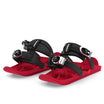
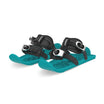












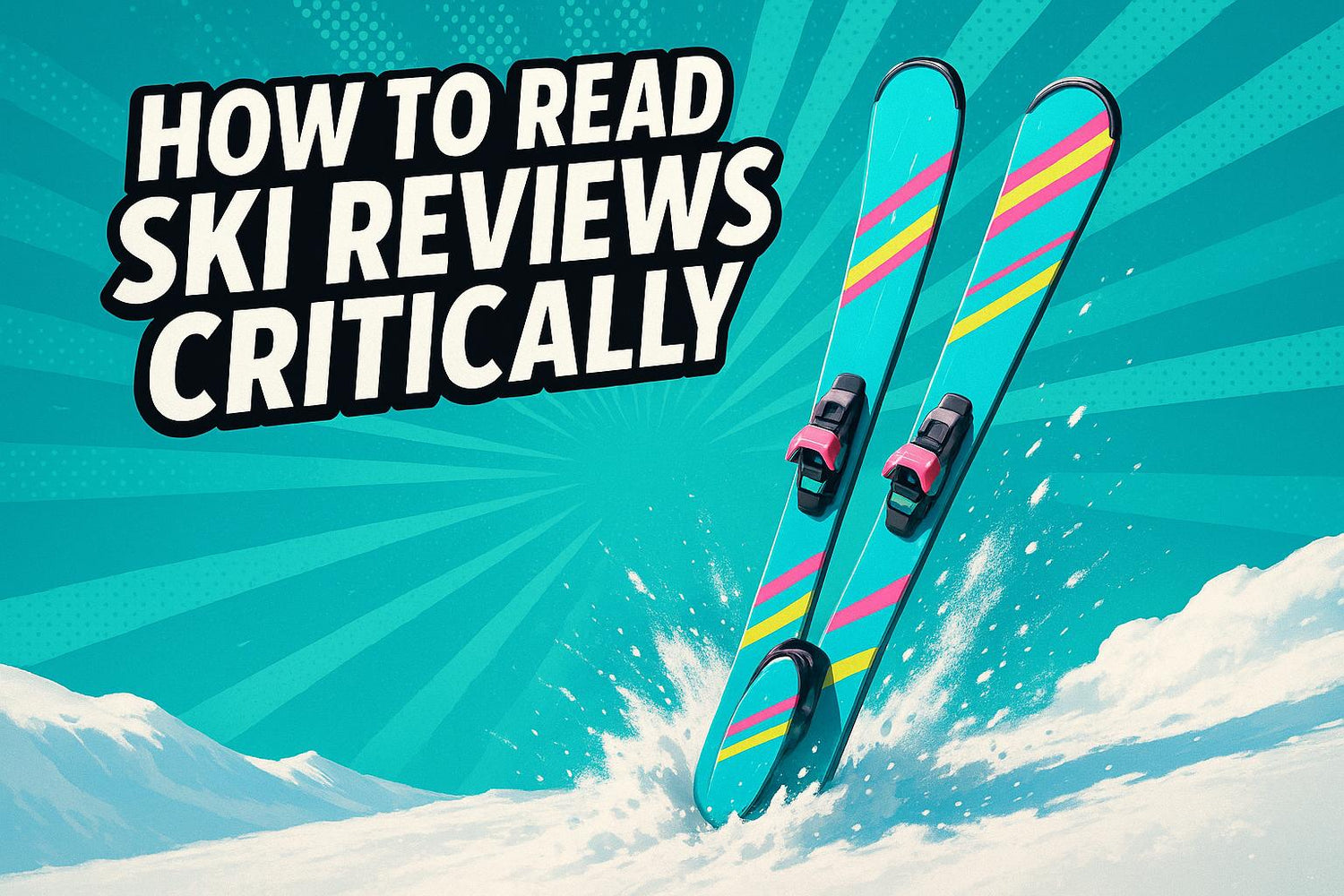
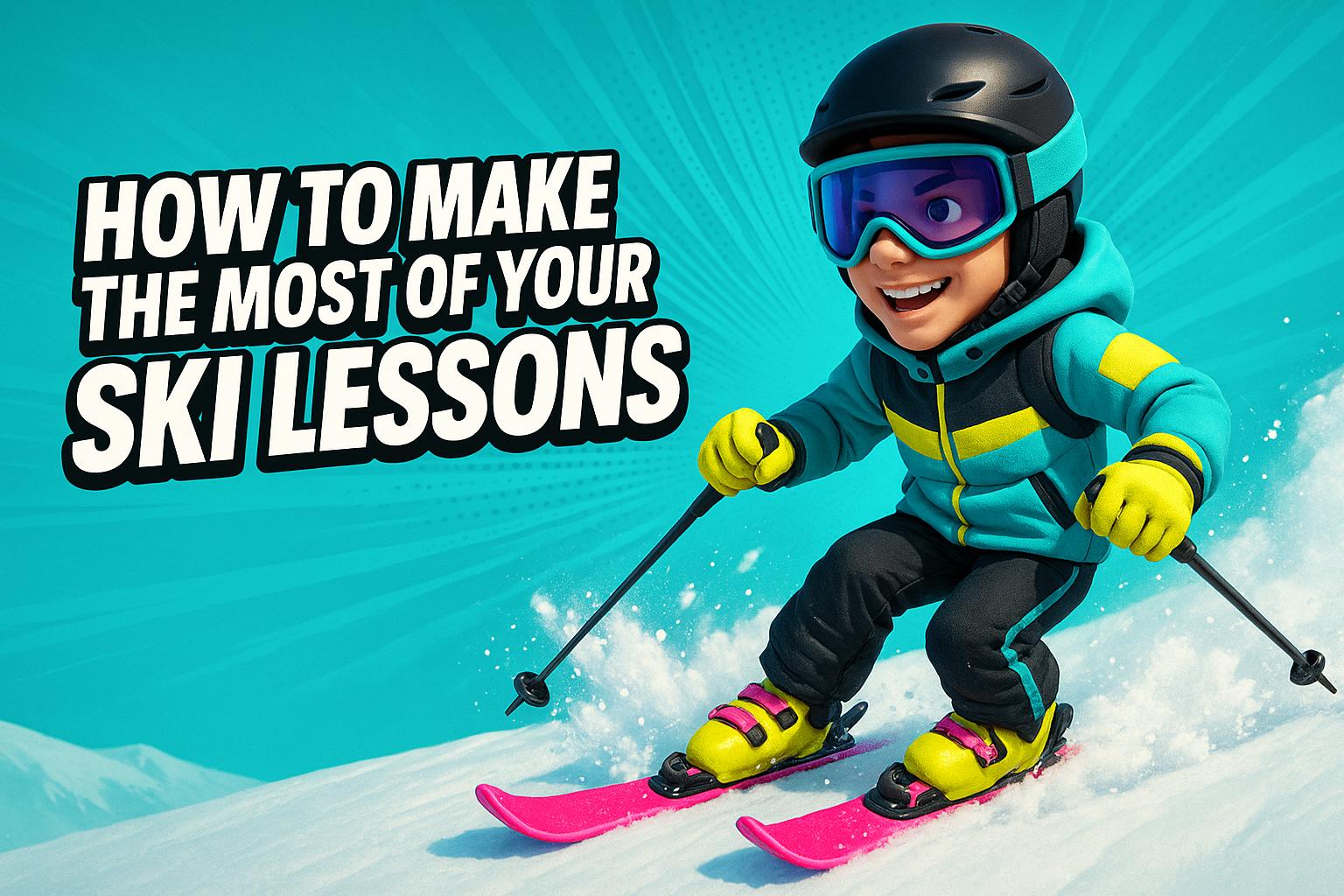





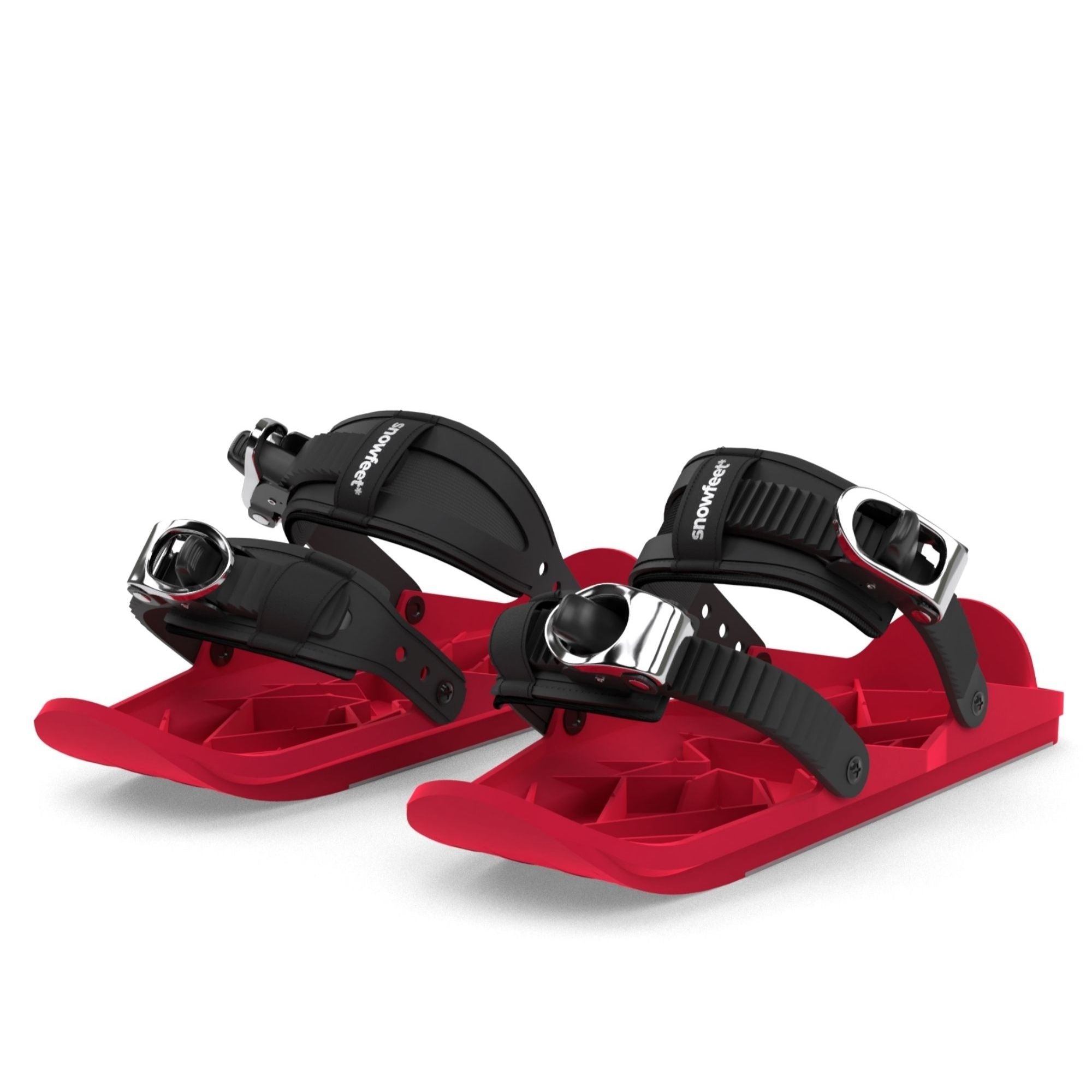
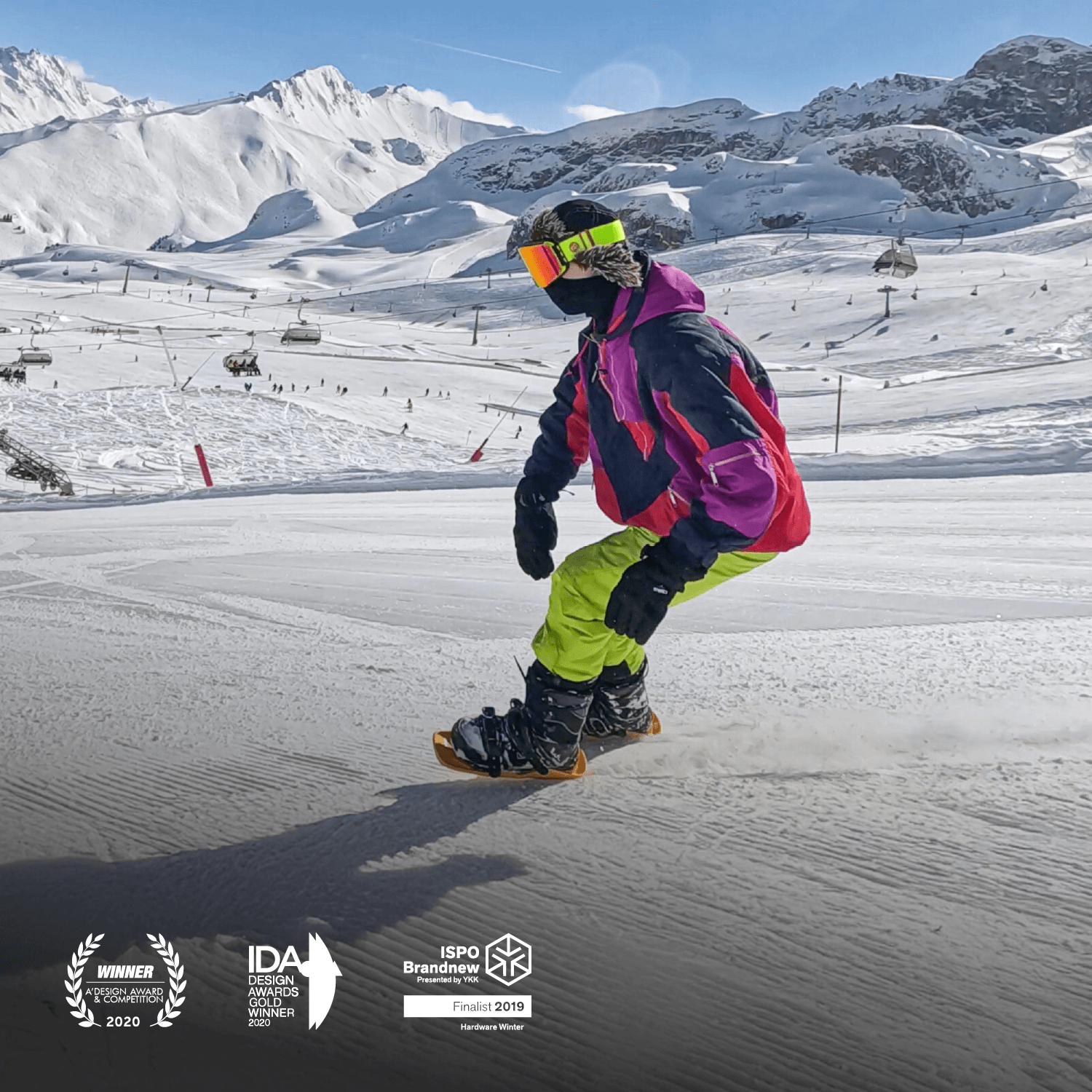




Leave a comment
This site is protected by hCaptcha and the hCaptcha Privacy Policy and Terms of Service apply.